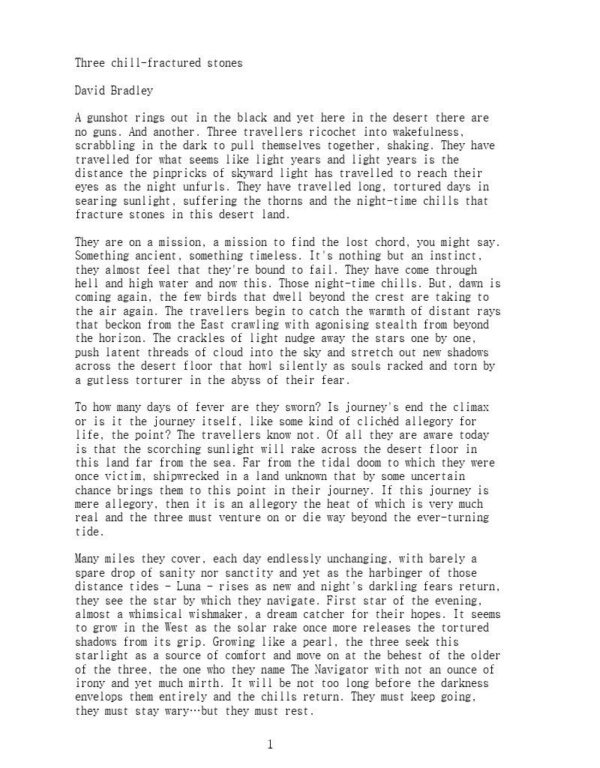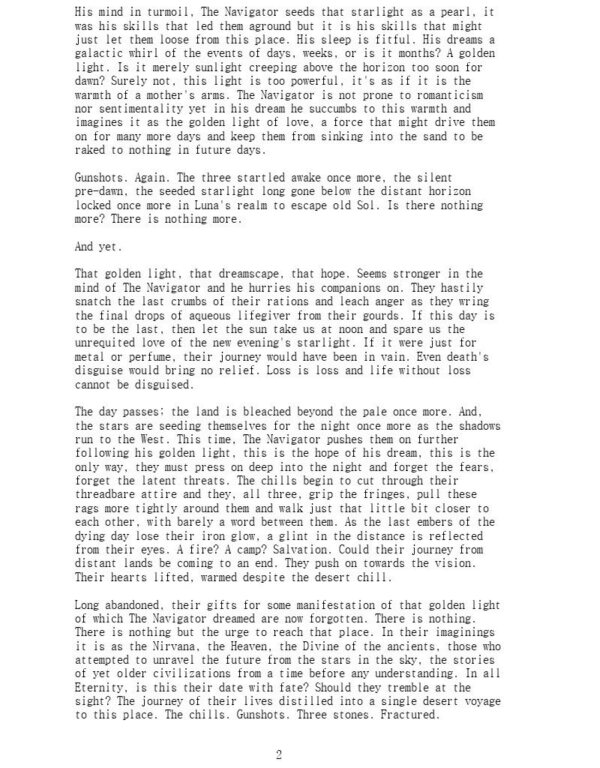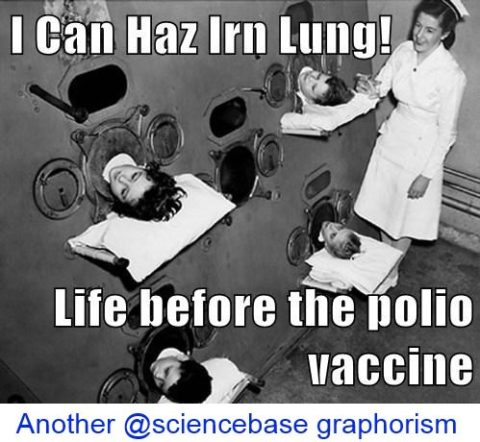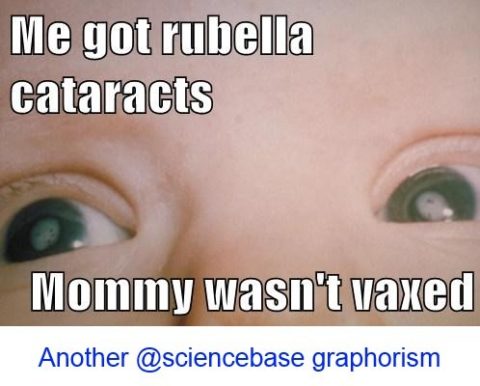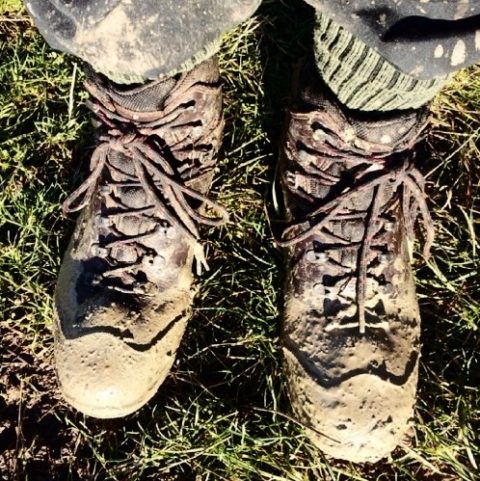An eclectic mix of electric, acrostic acoustic indie rock from the man Dek Ham calls “The Geordie Glenn Tilbrook”. Tracks remastered for high-quality download via BandCamp.
Love’s Offline – A tale of long-distance love in the age of the Internet: “Lovely song. Loved the vocal melodies and arrangement”, “Had tears whelling up in my eyes”
Security High – They’re watching you, watching them, watching you: “Nice song. A bit of classic REM in there”, “Very cool vibe, production and musicianship!”
Collateral Damage – War and peace and its post-traumatic harm: “Really great structure and breaks. Totally dig the harmonies and the vocals.”
“Creative structure throughout, hot licks and tasty riffs, a sweet bass line, and more potent words from your serious-songwriting mind delivered by your amazing voice,” “Standing ovation dude! This is great… lyrics, vocals, fiery guitars all work together wonderfully”
Golden Light – Life’s journey takes many turns, seek out the light: “Amazing…epic”, “Insanely good”, “Frightening music and lyrics, but really good!”
Wishful Thinking – My head’s in the clouds, but my feet are on the ground: “I really dig it. The lyrics are very good…and those guitars sound fantastic. Great production as well”, “I love the song…. I stayed completely enthralled with the song from start to finish”
Cut and Pasted – Down and out on Fleet Street: “Unique changes are paired with very accessible melodies”, “One of the sweetest and coolest bass lines I’ve heard in a long, long time. Kudos.”
Dawn Chorus (Bonus Track) – Imagine the morning after Get Lucky: “Steely Dan meets Jamiroquai meets Chic”…”with a splash of Phil Collins or maybe Glenn Tilbrook”, “This is a sophisticated piece of music”, “Great groove”
All songs by Dave Bradley. Acoustic and electric guitars, bass guitar percussion DB. Except: Winter Warmer – synths by Derek “MonoStone” Ham and Dawn Chorus – Groove and inspiration by Adrian “Don’t Look, Listen” Hillier.
Also now available work in progress here.
